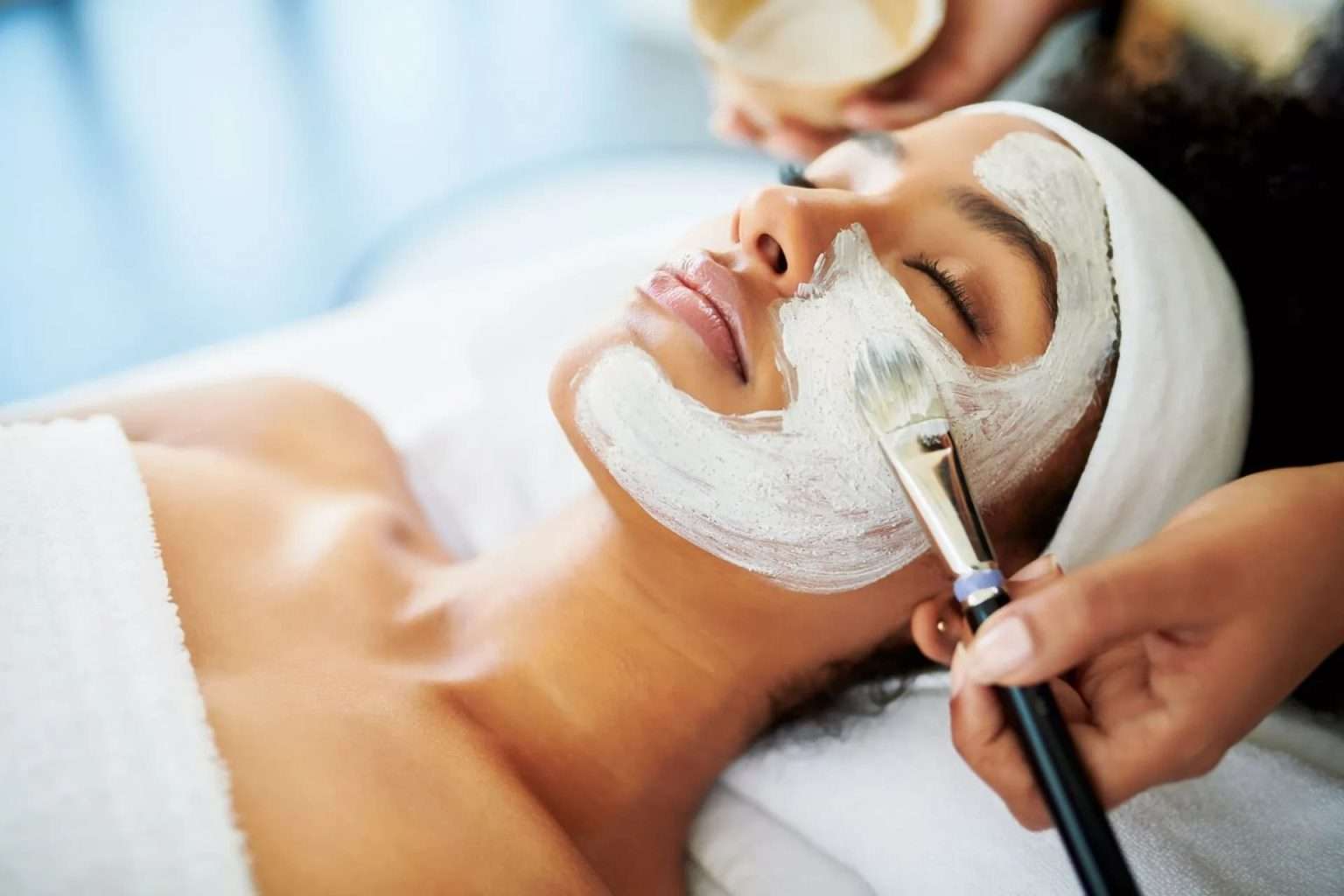Introduction to Chemical Peel Treatment
What is a Chemical Peel?
A chemical peel is a skin-resurfacing procedure that involves applying a chemical solution to the skin. This solution causes the outer layer of the skin to peel off, revealing fresher, smoother skin underneath. The treatment is commonly used on the face, but it can also be applied to the neck and hands.
Why Consider a Chemical Peel?
People choose chemical peels for various reasons. It can help reduce fine lines, improve skin texture, and even out skin tone. If you have acne scars, sun damage or hyperpigmentation, a chemical peel might be the right option for you. The treatment can make your skin look healthier and more youthful.
Types of Chemical Peels
Chemical peels come in different strengths, depending on your skin’s needs. Understanding the types of chemical peels can help you decide which one is best for you.
1. Superficial Peels
Superficial peels are the mildest type. They only remove the outermost layer of the skin. These peels are often made from alpha-hydroxy acids or other mild acids. They are perfect for those looking to refresh their skin without significant downtime.
2. Medium Peels
Medium peels go deeper into the skin. They remove skin cells from both the outer and middle layers. This type of peel is effective for treating wrinkles acne scars, and uneven skin tone. Trichloroacetic acid is commonly used in medium peels.
3. Deep Peels
Deep peels are the most intense and involve removing skin cells from deeper layers. They are used for more severe skin issues like deep wrinkles, scars, and precancerous growths. Deep peels offer dramatic results, but they also require a longer recovery time.
How to Prepare for a Chemical Peel
Preparation is crucial for getting the best results from your chemical peel. Here’s what you should do before your treatment:
- Consultation: Start with a consultation to discuss your skin type, concerns, and the best type of peel for you.
- Pre-Treatment Care: Avoid exfoliating treatments and direct sun exposure at least a week before your peel. Your skin should be as calm as possible.
- Skin Protection: Use sunscreen daily to protect your skin from UV rays. This will help prepare your skin for the treatment.
The Chemical Peel Procedure
Understanding what happens during the chemical peel process can help you feel more comfortable about the treatment.
1. Cleansing the Skin
The procedure begins with thoroughly cleansing your skin to remove any dirt, oil, or makeup. This step ensures that the chemical solution can penetrate evenly.
2. Application of the Chemical Solution
Next, the chosen chemical solution is carefully applied to your skin. You might feel a slight tingling or burning sensation, which is normal. The solution stays on your skin for a few minutes.
3. Neutralizing the Peel
After the solution has done its job, it is neutralized or removed. Your skin will then be cleaned again to ensure no residue remains.
4. Post-Treatment Care
Once the peel is complete, your skin will be treated with a soothing moisturizer and sunscreen. You may experience some redness, similar to a mild sunburn.
What to Expect After a Chemical Peel
Post-treatment care is essential for the best results. Your skin will be sensitive after the peel, so it’s important to follow these guidelines:
- Moisturize Regularly: Keep your skin hydrated with a gentle moisturizer.
- Avoid Sun Exposure: Your skin will be more prone to sun damage, so avoid direct sunlight and always wear sunscreen.
- Do Not Pick: Your skin will start to peel, but resist the urge to pick at it. Let it shed naturally to avoid scarring.
Benefits of Chemical Peel Treatment
The benefits of a chemical peel can be significant, especially if you have specific skin concerns.
1. Improved Skin Texture
Chemical peels can smooth out rough patches and uneven skin texture. This makes your skin feel softer and more refined.
2. Reduction of Fine Lines and Wrinkles
A chemical peel can minimize the appearance of fine lines and wrinkles. The new skin that emerges after the peel is often smoother and has fewer lines.
3. Treatment for Acne and Scars
If you suffer from acne or have scars from past breakouts, a chemical peel can help. It reduces acne by removing the top layer of skin, which can reduce the appearance of scars and prevent future breakouts.
4. Brightening the Skin
One of the most noticeable benefits of a chemical peel is the brightening effect it has on your skin. Your complexion will look more radiant and youthful.
Risks and Considerations
While chemical peels can offer great results, they are not without risks. It’s important to be aware of these before deciding on the treatment.
1. Redness and Irritation
After a peel, it’s common to experience redness and irritation. This usually subsides within a few days, but it can last longer for deeper peels.
2. Sensitivity to Sunlight
Your skin will be more sensitive to sunlight after a chemical peel. Sun protection is crucial to prevent damage and hyperpigmentation.
3. Possible Scarring
Though rare, scarring can occur if the skin is not properly cared for during the healing process. Following post-treatment instructions is vital to avoid this.
4. Uneven Skin Tone
In some cases, the peel may cause uneven skin tone. This risk is higher for people with darker skin tones. Be sure to discuss this with your skincare professional.
Choosing the Right Professional in Pakistan
Selecting a qualified professional is essential for a safe and effective chemical peel. In Pakistan, many clinics offer this treatment, but it’s important to choose a reputable one.
1. Research and Reviews
Look for clinics with positive reviews and experienced professionals. Word-of-mouth recommendations can also be helpful.
2. Consultation and Assessment
A good clinic will offer a consultation before the treatment. This allows you to discuss your skin concerns and get advice on the best peel for your skin type.
3. Hygiene and Safety
Ensure that the clinic follows strict hygiene standards. The equipment should be clean, and the staff should be well-trained.
Summary
Chemical peel treatment in Pakistan is a popular option for those looking to improve their skin’s appearance. Whether you’re dealing with acne scars, fine lines, or uneven skin tone a chemical peel can help you achieve clearer, healthier skin. By understanding the types of peels, the procedure, and post-treatment care, you can make an informed decision and enjoy the benefits of this skin-enhancing treatment.



